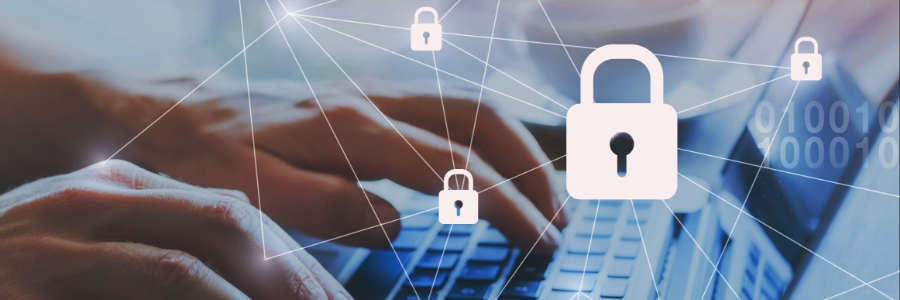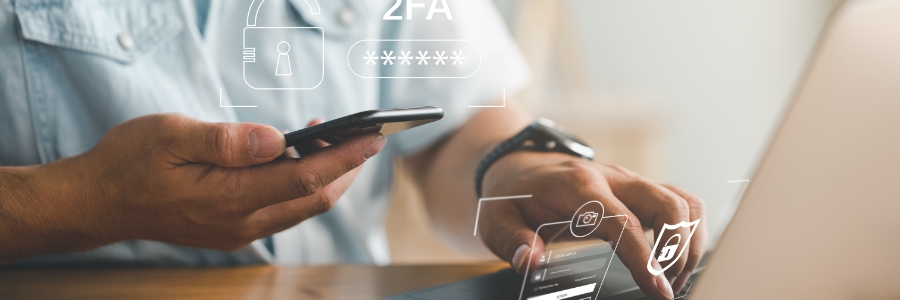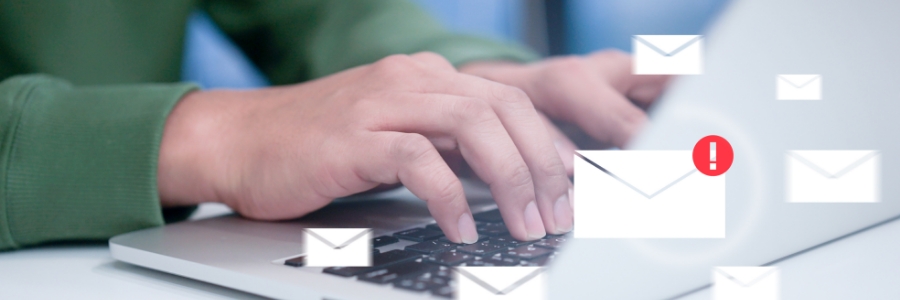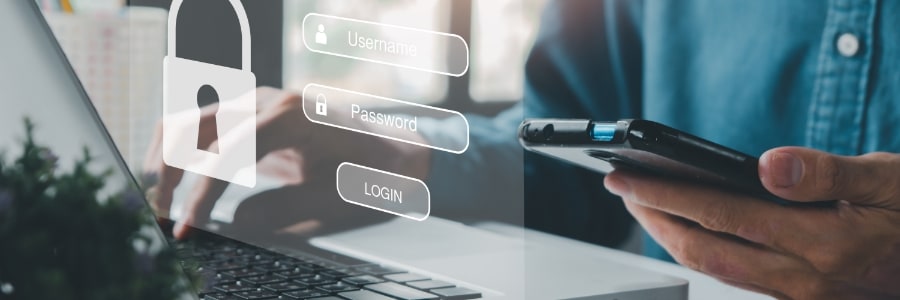Email is one of the most essential business tools today. It enables swift, efficient communication within a company and with their customers and partners. Email's popularity among businesses is what makes it a target for hackers looking to get ahold of critical business and client information.
Defending against watering hole attacks

More and more cybercriminals are launching watering hole attacks to gain access to company networks. But what exactly is a watering hole attack, and how can you protect yourself from it? Read on to learn how.
How watering hole attacks work
The term “watering hole” colloquially refers to a social gathering place where a particular group of people often go to.
Your guide to better online security

It's no secret that the internet can be a dangerous place. Cybercriminals are always coming up with new methods to steal your information or install malware on your computer or devices via the internet. This guide will show you how to improve your online security and keep yourself safe while surfing the web.
A short guide to IT security lingo
Safeguarding social media: Tips for keeping your personal information protected
3 Types of hackers: What you need to know

While there are many similarities among hackers, there are also some key differences among them. Some hackers want money for themselves and resort to evildoings, while others just want to make the world a better place. In this blog post, we will discuss the three main types of hackers and what you need to know about them.
Top security tips for remote workers
Should employers monitor remote employees?
The differences and benefits of two-factor and two-step authentication protocols

Both two-factor authentication and two-step authentication are processes that can help keep your business safe from data breaches. But while they serve the same purpose, these two methods are vastly different. In this blog post, we will discuss the differences between two-factor authentication and two-step authentication, as well as the benefits of each process.






